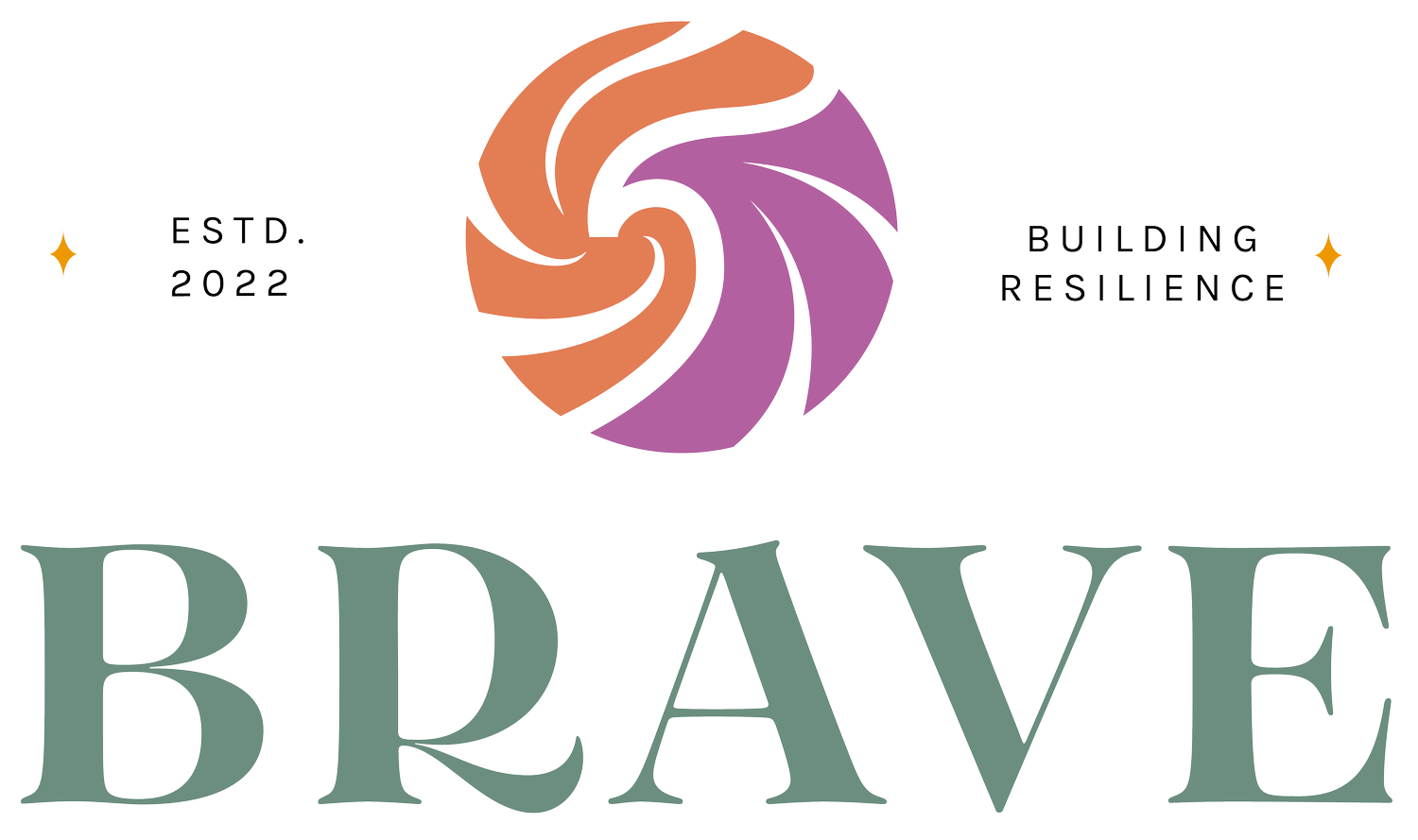Nervous System-Safe Systems: A Trauma Therapist’s Guide to Sustainable Structure
You’ve heard it before: “Build systems to make your practice more efficient.”
But for so many trauma therapists, that advice feels more like pressure than help.
Maybe “systems” bring to mind color-coded planners you’ll never use or dreaded RVU reports of your productivity. Maybe they remind you of burnout survival plans that didn’t actually prevent burnout. Or maybe they just feel like one more thing you’re supposed to master — and you’re tired.
You and me both…
So let’s reframe this. What if systems weren’t about optimizing your output — but about supporting your nervous system?
What if systems could feel like scaffolding, not structure?
What Is a Nervous System-Safe System?
A nervous system-safe system is one that creates clarity without being rigid.
It’s a repeatable rhythm that:
Reduces decision fatigue
Protects your emotional bandwidth
Helps you stay connected to your work without abandoning yourself
These systems don’t push you to do more. They let you feel more human while you do what you’re already doing.
In BRAVE, we often call them scaffolds. Why? Because scaffolds are:
Flexible enough to evolve with you
Built to reduce pressure, not apply it
Designed to hold your process — not just your performance
You don’t need more structure. You need better support.
The Three Systems That Actually Help Therapists
When you build systems that serve your nervous system, not just your productivity and output, you’re no longer just surviving between client sessions. You’re sustaining yourself through seasons of intensity.
Here are three types of systems that make that possible:
1. Energy Systems
These systems protect your capacity, not just your time.
Maybe you block your calendar by energy type:
💚 Green = low demand
💛 Yellow = creative work
❤️ Red = high-emotion client sessions
You can also track your energy for a week (or across your cycle) and use that data to inform how and when you work. This is less about “being productive” and more about honoring how your body actually moves through your work.
2. Workflow Systems
Workflow systems help reduce internal chaos.
A simple end-of-week checklist (close out notes, prep Monday, review payments) can act like a deep exhale for your brain. In agency or group settings, that might look like a team wrap-up or a shared reset ritual.
Don’t overthink it. Ask: what helps me feel done?
3. Boundary Systems
These systems do the invisible labor of protecting your time, your values, and your energy.
Examples:
A standing autoresponder that shares your schedule and policy info
A pre-written “no” for consults you’re not taking
Blocking your first day back from vacation as admin-only
Building in a debrief moment after tough sessions
You don’t need a fancy tool to start. You just need a way to tell your nervous system: I’ve got you.
Scaffolding vs. Systems: What’s the Difference?
A system is often associated with control — predictable steps, measured output, guaranteed results.
But a scaffold is different. It grows with you. It helps you rise.
You don’t build a scaffold to confine something. You build it to support the shape of what’s becoming.
This is how we start to design our work lives with our nervous systems in mind.
3 Summer-Friendly Scaffolds to Try This Month
This is the season to start small. Here are three scaffolds that require no tech, no templates — just intention:
1. Soft Start Mondays
Protect the first 60–90 minutes of your week.
No sessions. Just presence.
If you work in an agency or group setting, ask: “How can I start this week with 10 minutes of space instead of rushing in?”
2. Support Day Templates
Pick one day (or half-day) where you do no clinical work.
Use it for rest, reflection, admin, or planning.
Repeat it weekly. Let your body begin to expect care on that day — and return to it when the fall rush begins.
3. Anchoring Phrases
Give your tasks a nervous system anchor.
Before charting: “This helps me close my day.”
Before billing: “This creates space for me.”
Before opening email: “I can respond without urgency.”
Over time, these become not just words — but a way of regulating through repetition.
What’s Already Holding You?
Take a breath.
Look around your week. What rhythm is already helping you feel more grounded?
It might be how you batch sessions. Or how you take a midday walk without your phone. Or how you pause before calls.
That’s your starting point. Name it. Protect it.
Then ask: what’s one rhythm I want to support more — not to get more done, but to feel less alone while I’m doing it?
That’s how sustainable systems are born.
That’s how we interrupt the burnout loop before it spirals.
You Don’t Have to Build Alone
Inside the BRAVE Trauma Therapist Collective, this is the work we do together.
We don’t hand you a planner and say, “good luck.”
We walk with you as you build scaffolds that support your values, your body, and your work.
Every summer, we help trauma therapists turn their quiet rhythms into real, sustainable systems.
If you’re ready for that kind of support, I’d love to have you with us.
You don’t have to do it perfectly. You just have to do it together.







